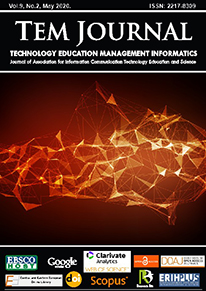Optimization of Masking Process of Steel Tube During Atmospheric Plasma Spraying, for Use in Serial Production
Optimization of Masking Process of Steel Tube During Atmospheric Plasma Spraying, for Use in Serial Production
Author(s): Józef Kuźma, Michal Krescanko, Dávid Goldyniak, Akash NagSubject(s): ICT Information and Communications Technologies
Published by: UIKTEN - Association for Information Communication Technology Education and Science
Keywords: Optimization; 24-time plasma spraying; lifetime; cover mask; steel tube;
Summary/Abstract: This study deals with the influence of selected technological factors on hardness, surface quality and topography of substrates after 24 layers of NiCr plasma was self-peeled off. The paper also deals with frequency of self-peeling the layers and the SEM observation of the deposited layers and substrates. Presented procedures and experimental results demonstrate changes and resistance of individual materials after an application of 24 plasma coatings. Samples from materials duralumin, chromium steel and material with the coating Ni-Cu-Ni were tested. The least impact for surface changes of substrate had samples from chromium steel. For this reason, chromium steel samples were also tested and compared for self-peeling frequency with respect to the number of coating layers and angle of surface. The main objective of this work was to select material, angle of plasma spraying and surface cleanliness that will show the least change in hardness and roughness after multiple plasma spraying with respect to the longest life of the cover mask. Cover mask is necessary for covering required areas of steel tube that must not be affected by plasma spraying, for use in serial production.
Journal: TEM Journal
- Issue Year: 9/2020
- Issue No: 2
- Page Range: 515-526
- Page Count: 12
- Language: English

